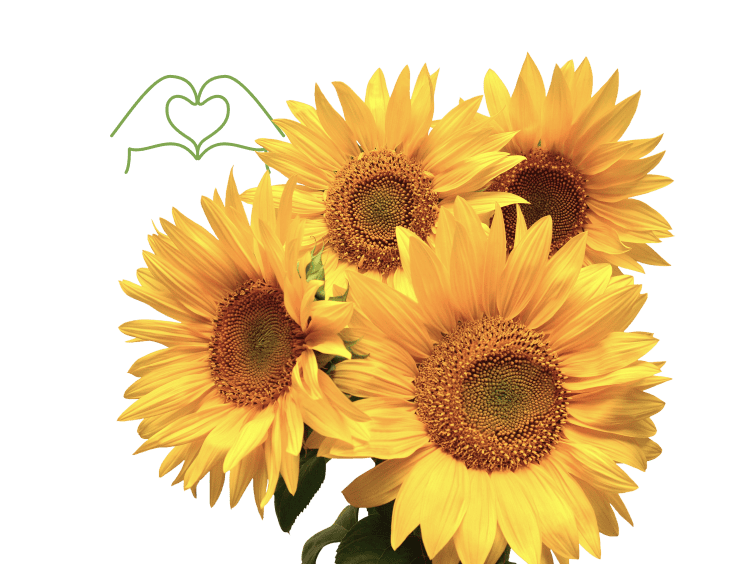Insurance of farm animals
You can insure your livestock:
- Cattle
- Pigs
- Fur-bearing animals
- Agricultural poultry

An event is recognized as insured if it is recorded:

The sum insured is determined by the farm owner within the balance sheet, appraised, contractual or pledged value of farm animals.
The insurance solution is developed individually for each client and may include an extended list of risks as agreed by the parties and if it does not contradict the current legislation of Ukraine.
The cost of insurance is calculated individually for each client, taking into account the conditions of keeping animals and the level of farming.
Benefits of insurance in INGO
outlook - «Evolving»
8.12.2023



What types of farm animals can be insured?
Accepted for insurance: Cattle, small cattle (sheep, goats, donkeys, mules), pigs raised in an industrial way (pig farms), poultry (chickens, turkeys, ducks, etc.), fur-bearing animals (nutria, muskrats), and others.
What risks can be protected against?
The basic risks for insurance are:
- fire, lightning, explosion;
- natural disasters (storm, hurricane, hail, rain, snowfall, landslide, earthquake, rockfall and avalanches)
- theft, robbery;
- suffocation (asphyxiation);
- blockage of the gastrointestinal tract as a result of foreign objects;
- poisoning on natural pastures by herbs or chemicals;
- snake or poisonous insect bites;
- falling into a gorge, pit, etc;
- attacks by wild animals and feral dogs;
- drowning;
The list of risks can be expanded by agreement of the parties. Additional risks may include the following:
- diseases (non-communicable and communicable, the list is separately determined by the insurance contract)
- being hit by a moving vehicle;
- unforeseen breakdowns or defects in livestock equipment in the places where the insured animals are kept.
What is the cost of animal insurance?
The cost of insurance is calculated individually for each farm and depends on the level of insurance coverage, the list of farm animals, keeping conditions, insurance territory, etc.
How long does it take to draw up an insurance contract?
It will take us 1-2 business days to draw up an insurance contract and make an expert assessment of the results of the inspection and analysis of documents.
How quickly can an expert come for an inspection?
The average time for an expert to arrive is 3 business days from the date of the request.
Is it possible to insure animals in quarantine?
No.
What risks are not covered?
Epizootics, forced slaughter of animals by order of public authorities, infectious diseases (African swine fever, classical swine fever, rabies, foot and mouth disease, anthrax, etc.).










